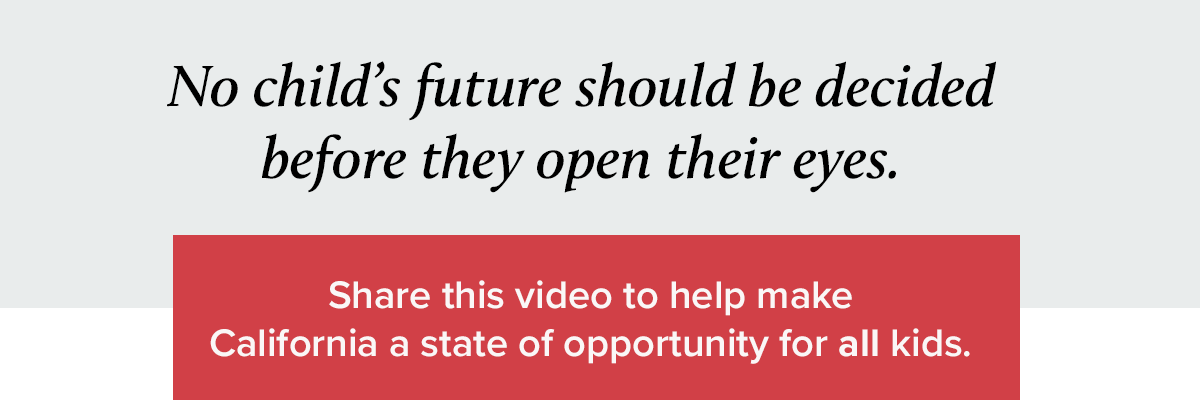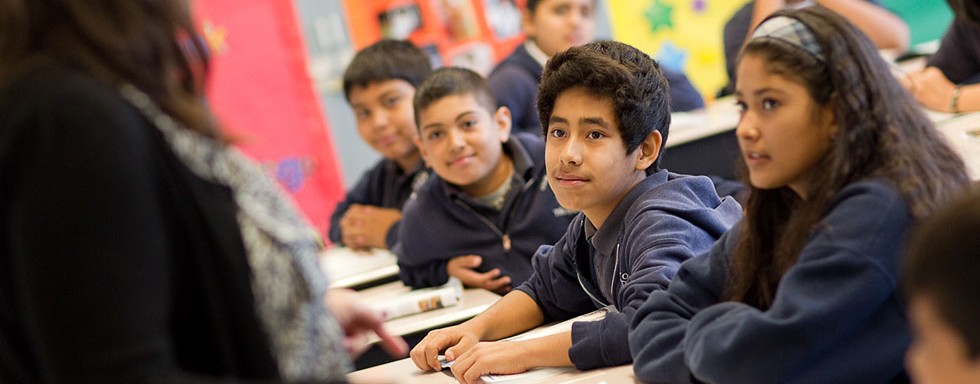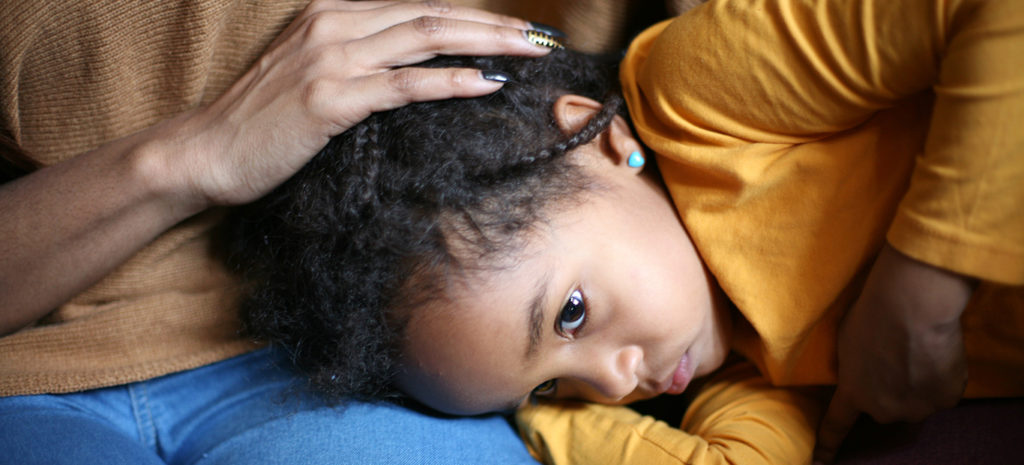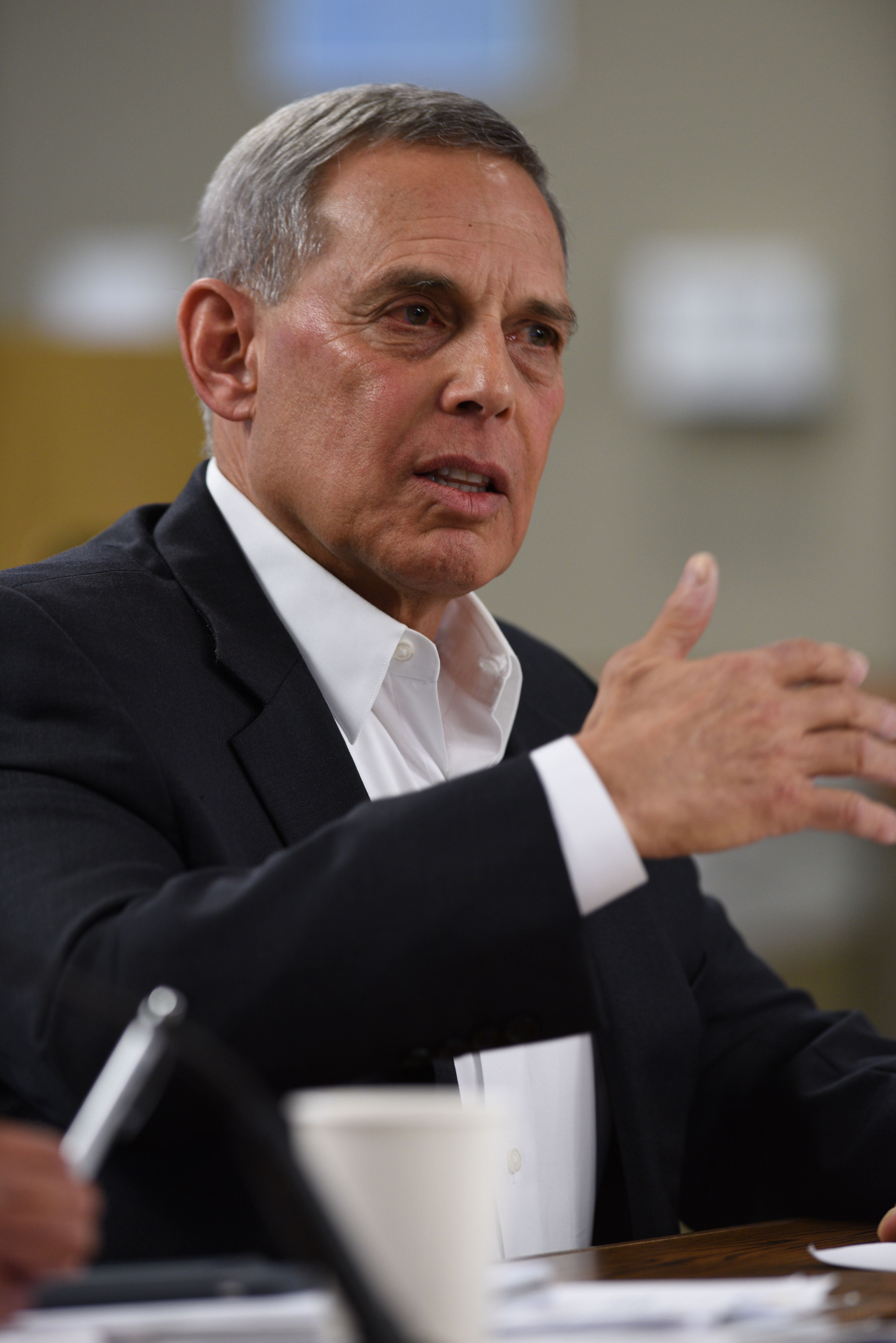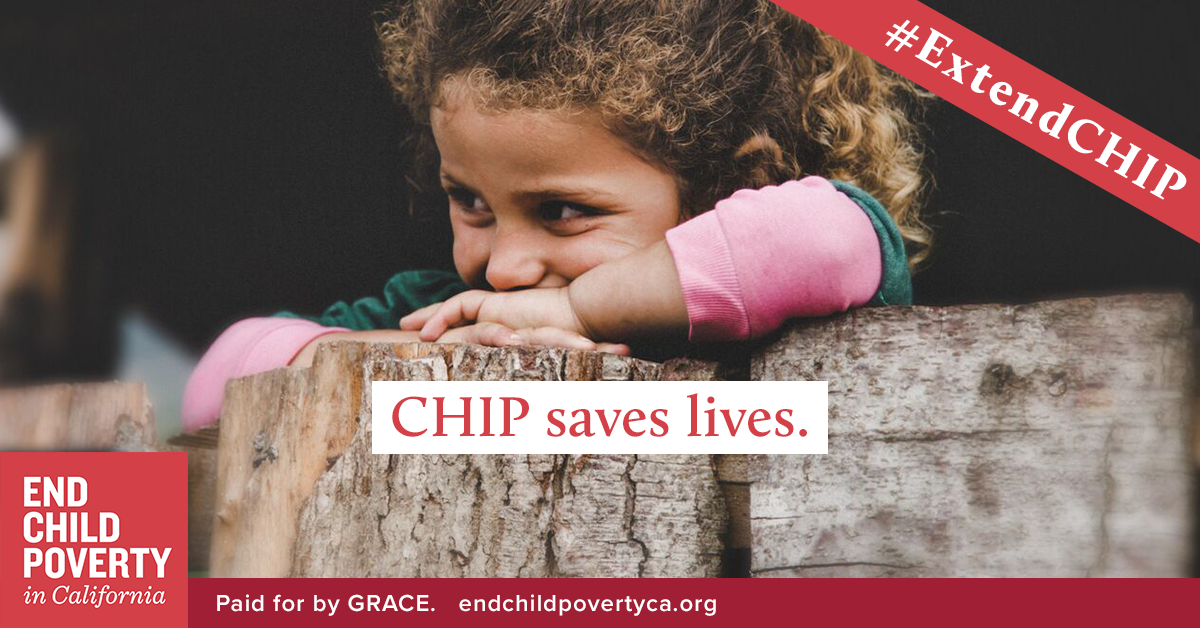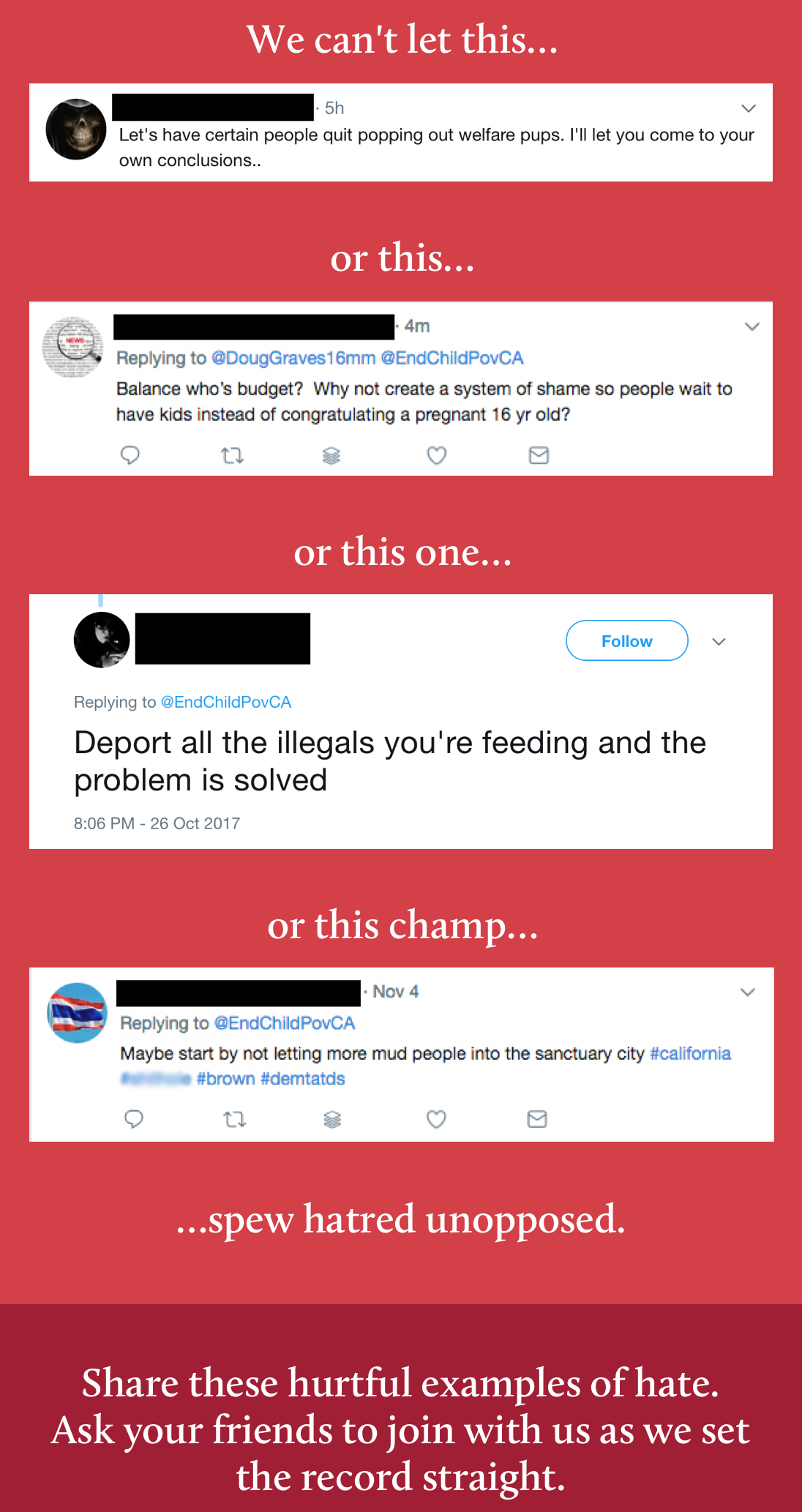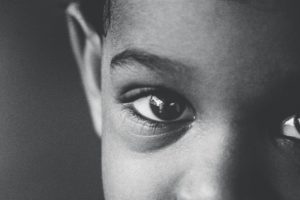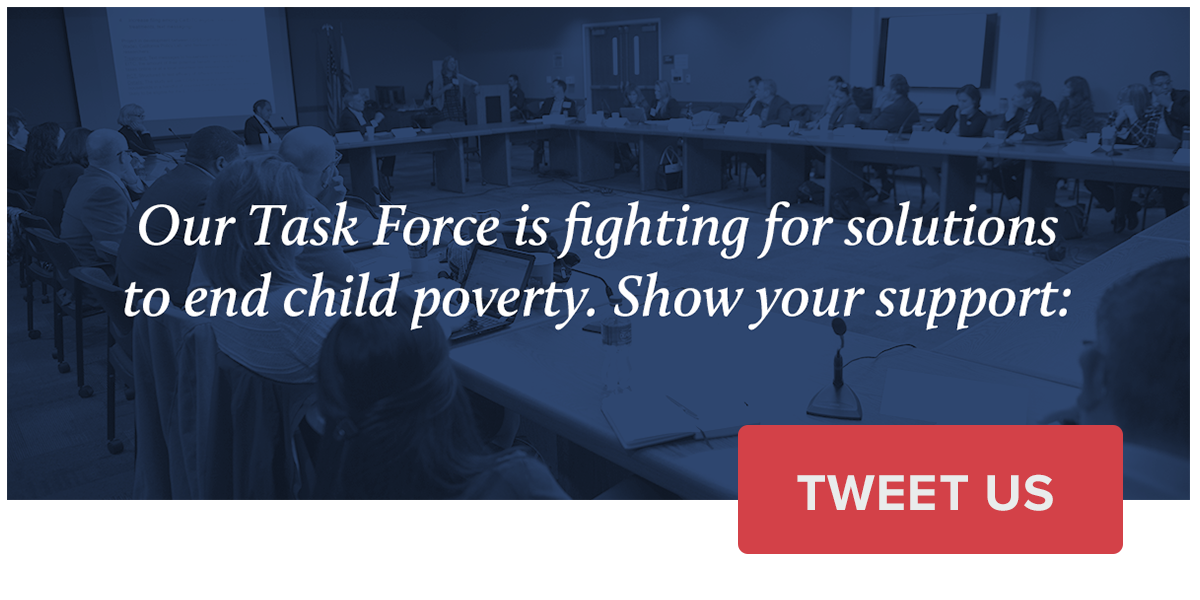 You may find it hard to believe, but California — where 1 in 5 children lives in poverty — has never launched a comprehensive, research-backed plan to tackle this crisis head-on. We’ve done it for the environment. We’re doing it for transportation.
You may find it hard to believe, but California — where 1 in 5 children lives in poverty — has never launched a comprehensive, research-backed plan to tackle this crisis head-on. We’ve done it for the environment. We’re doing it for transportation.
Now, thanks to the Lifting Children and Families Out of Poverty Task Force and your support, California can end deep child poverty and reduce child poverty once and for all. It is both immoral and stupid not to solve this crisis when we have the absolute ability to do so.
On Wednesday, the Task Force gathered in the state capital to continue developing solutions to accomplish that goal. As co-chair of the Task Force, I was proud to be in the room, and cannot wait to share more updates as the plan comes together.
For now, one thing is clear: True change will not come from Sacramento, but from your voice and those of an army of Californians like you. If we don’t join together to demand an end to child poverty in our state, it won’t be done.
As Michael McAfee of PolicyLink told the Task Force Wednesday: “If you think you’re going to end child poverty without a fight, then you might as well go home.”
Well, the fight is on — and it is going to take all of us. From individuals who are struggling to make ends meet every day to organizations working on the front lines to end child poverty to concerned Californians like you — everyone with a stake must step up. We can do this. Now is the time.
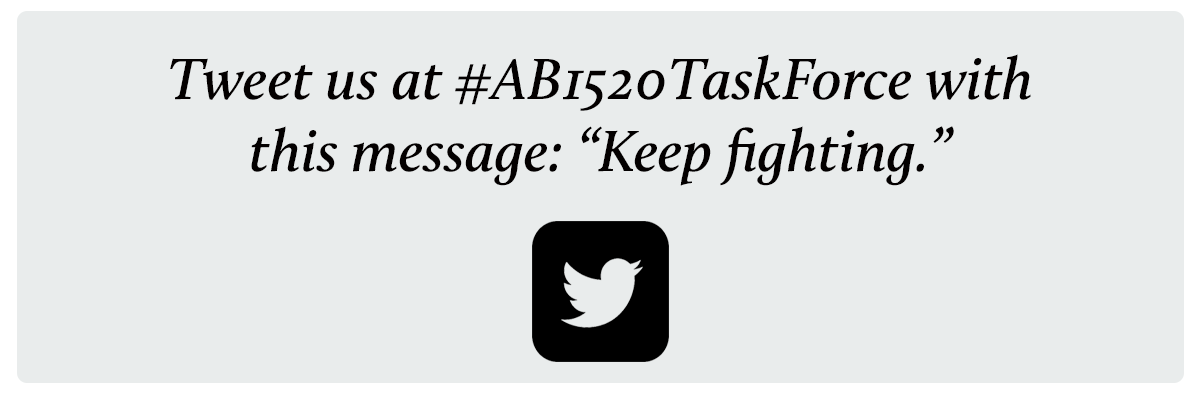
Your voice will raise awareness of our mission, push our Task Force forward, and encourage others to join the movement.
Onward,
Conway Collis
Co-Chair, Lifting Children and Families Out of Poverty Task Force
GRACE President & CEO
